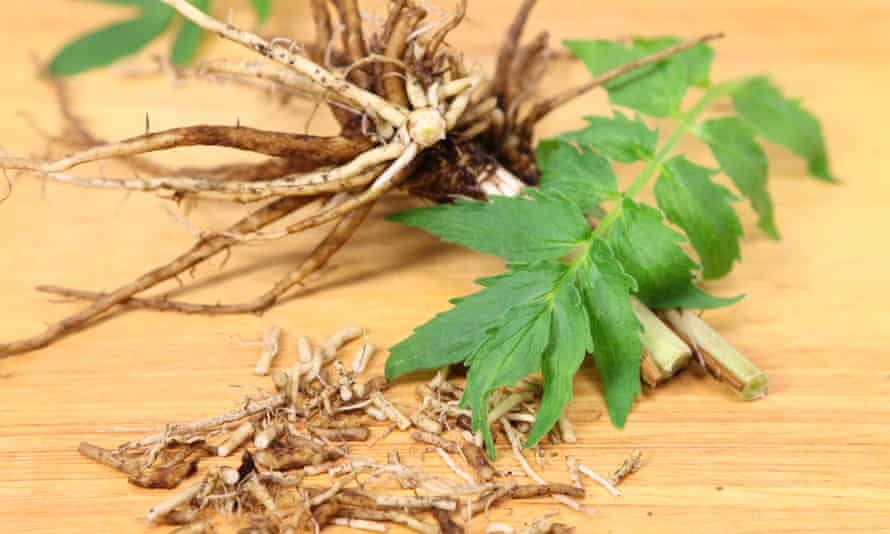How to grow valerian
Its impressive height means it will fill many a vase, while its root can be turned into a tea for insomniacs

This summer, my valerian grew taller than I could have imagined, about two metres, and the white flowers swayed uneasily in the wind as the hoverflies danced around them in a frenzy. Too tall, in fact, and after one too many heavy bouts of rain, they toppled. Rather than waste those delightful flowers, I brought them indoors, where they carried their heavenly scent through the house. They lasted a long time in the vase: turning valerian into a cut flower is one way to keep on top of its rather rambunctious nature and habit of self-seeding a little too much.

Valeriana officinalis brings many benefits to the garden. Hoverflies, butterflies and bees appear in their masses to feed on the wildflowers from July to August. It is also apparently manna to cats, who are said to love the flowers even more than catnip. Then in autumn you can dig up the whole plant and dry the roots for herbal use. It is a famously bitter tea but highly effective at sending even the wide awake to sleep.
I grow quite a bit of it so that I can harvest the roots. It’s a useful plant because it does well in semi-shade. In the front garden I let it self-seed wherever it likes and it acts as a lace curtain to the front room. In the back garden I am more ruthless and cut it back around the end of August.

If all this talk of self-seeding is off-putting, then you could go on the hunt for V. alliariifolia ‘Sirene’ – it will be a hunt because it is not easy to find. This is a sterile cultivar (so it won’t set seed) of the Caucasian valerian, with pure white flowers and heart-shaped leaves. It grows to about a metre tall, so is less likely to topple after the rain. I can’t speak for the bees, but I imagine its sterile nature means there has to be less nectar and thus it is of less interest to them.
For smaller or more exposed gardens or for containers, there is V. phu ‘Aurea’, which is a strange but rather delightful plant, known commonly as golden spikenard. Like the others, it has racemes of white flowers from midsummer onwards that grow to about 60cm, so it’s good even for windy coastal gardens. But its top trump is its foliage: this starts off in spring as a vibrant golden yellow and fades to green by summer to make way for the dainty white flowers. It works incredibly well with spring bulbs as it acts as a foil to their spent foliage, and because it does well in semi-shade, it’s good under deciduous trees.
You’ll find plugs or 9cm pots of both ‘Aurea’ and V. officinalis widely available online. Order to plant in September when they will be quick to establish in the warm, wet autumn soils.
